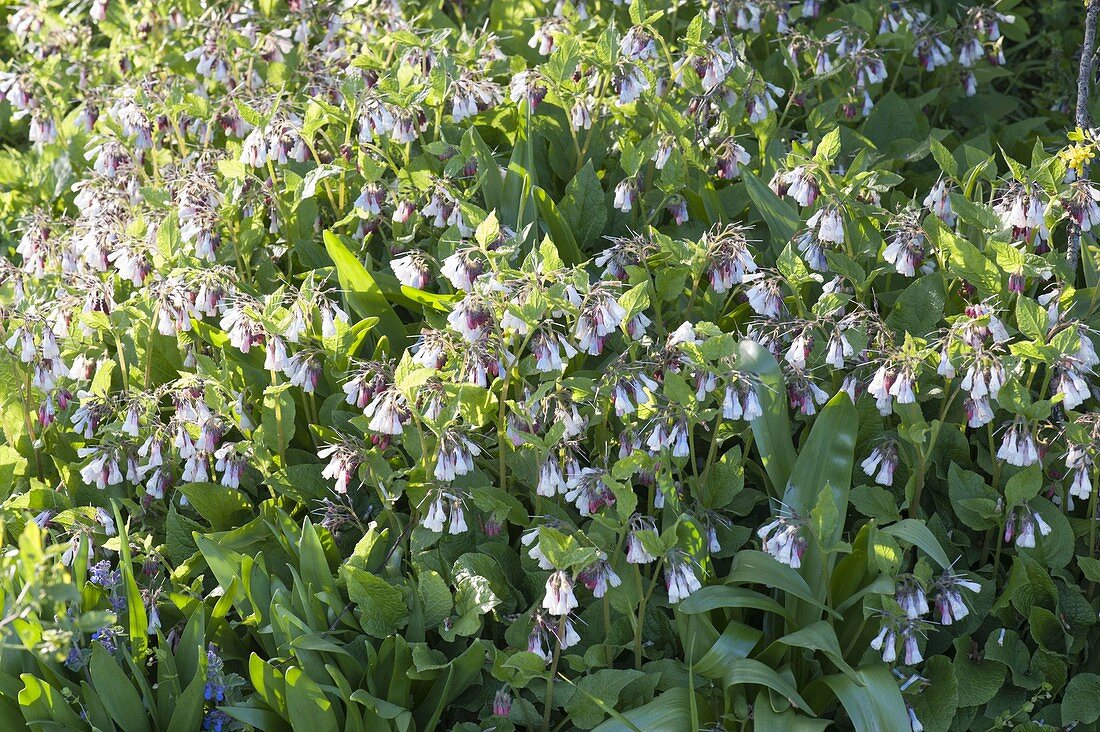

See this plant in the following landscape: Cultivars / Varieties: Slugs and snails can be a minor problem. It spreads by rhizomes that can be aggressive. Attempting to dig plant up for transplanting or removal can leave some roots that will sprout new plants. Insects, Diseases, and Other Plant Problems: No serious insect or disease issues. Converted to a tea-like liquid can also be used for feeding other plants. It can then be used as a fertilizer when added to a compost pile. Its seeds ripen from June through July.Ĭalled an accumulator, this plant gathers and stores nutrients from the soil that are in a more bioavailable form. This flowers have both male and female organs that are pollinated by bees. A soil that is organically rich is an added boost.
SYMPHYTUM GRANDIFLORUM FULL
It is best grown in a location providing full sun to part shade and good drainage. It spreads by creeping rhizomes and forms an attractive groundcover. The roots have underground stems that form additional roots and shoots along their length.

Often grown in borders or shade gardens due to its dense foliage and attractive spring flowers. See below DescriptionĬomfrey is a perennial groundcover in the Boraginaceae (borage) family native to Europe. Phonetic Spelling sim-FY-tum gran-dih-FLORE-um This plant has low severity poison characteristics.


 0 kommentar(er)
0 kommentar(er)
